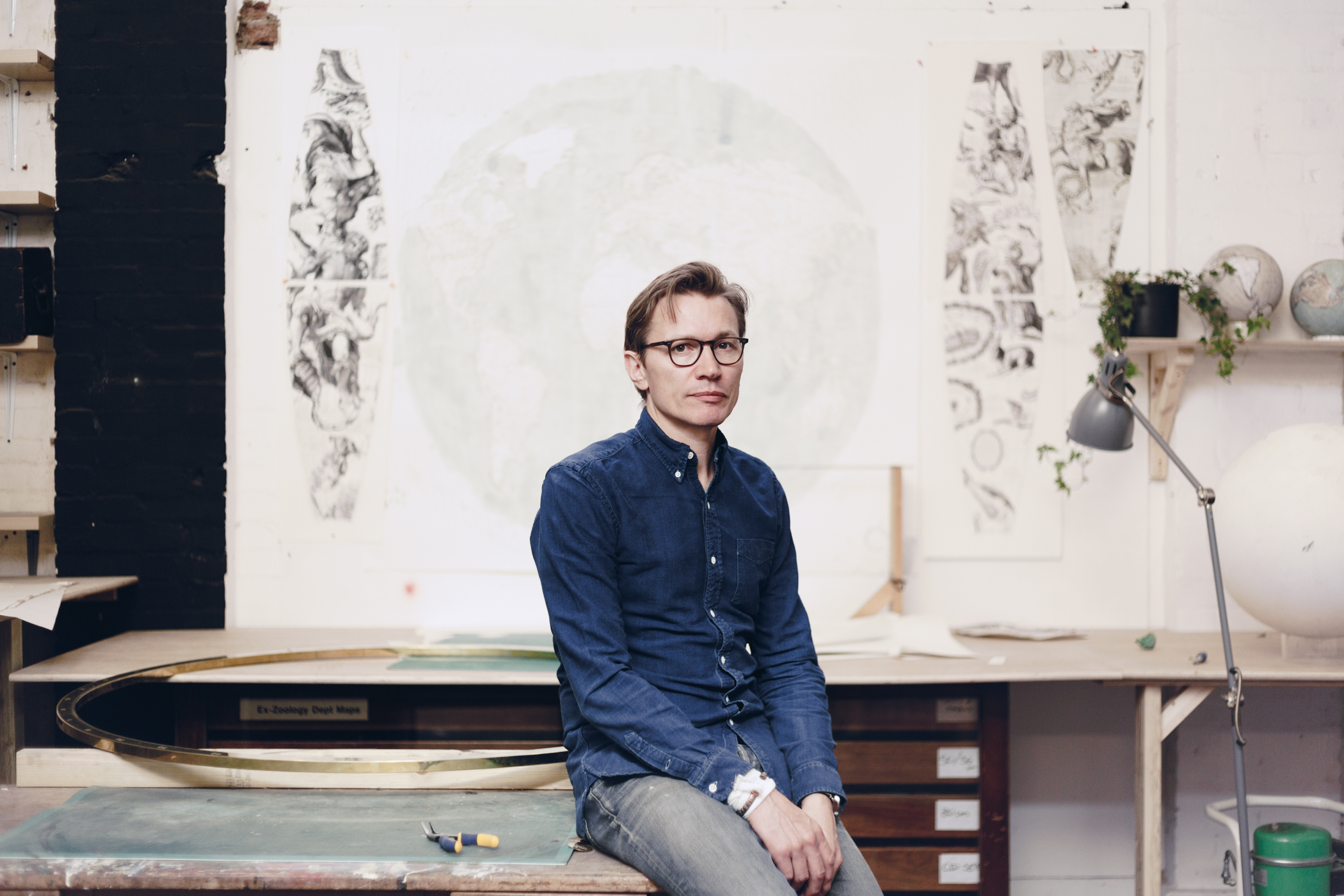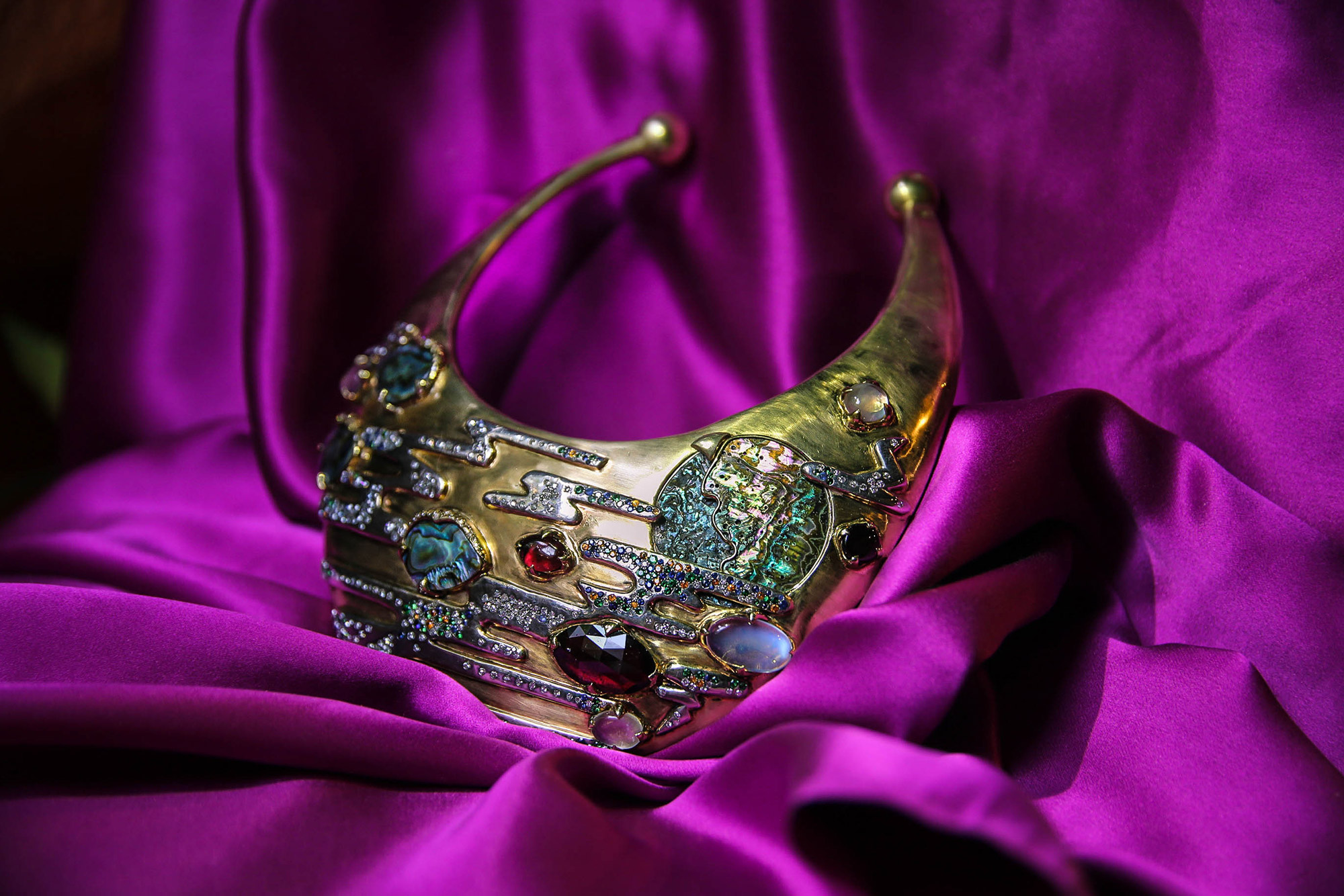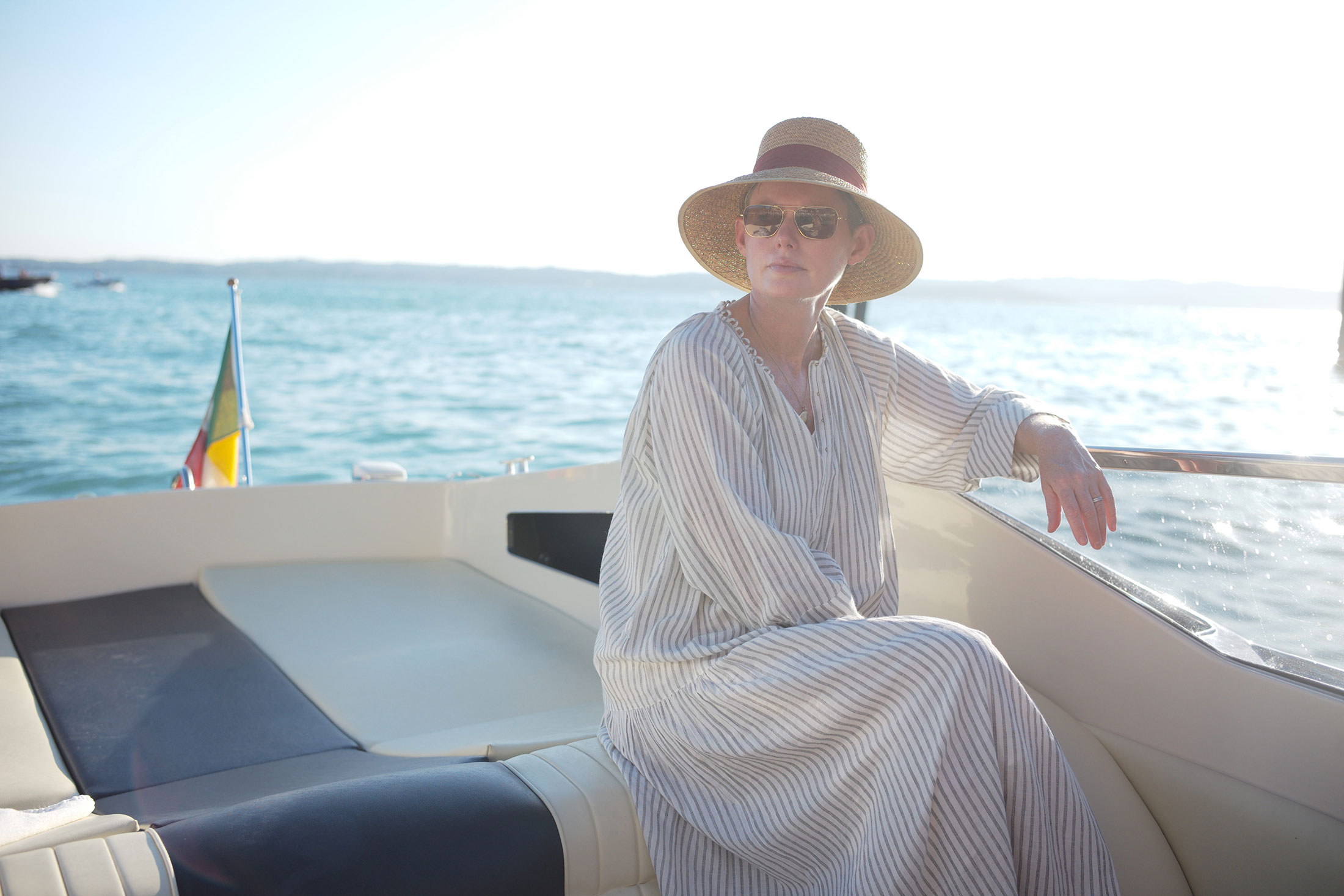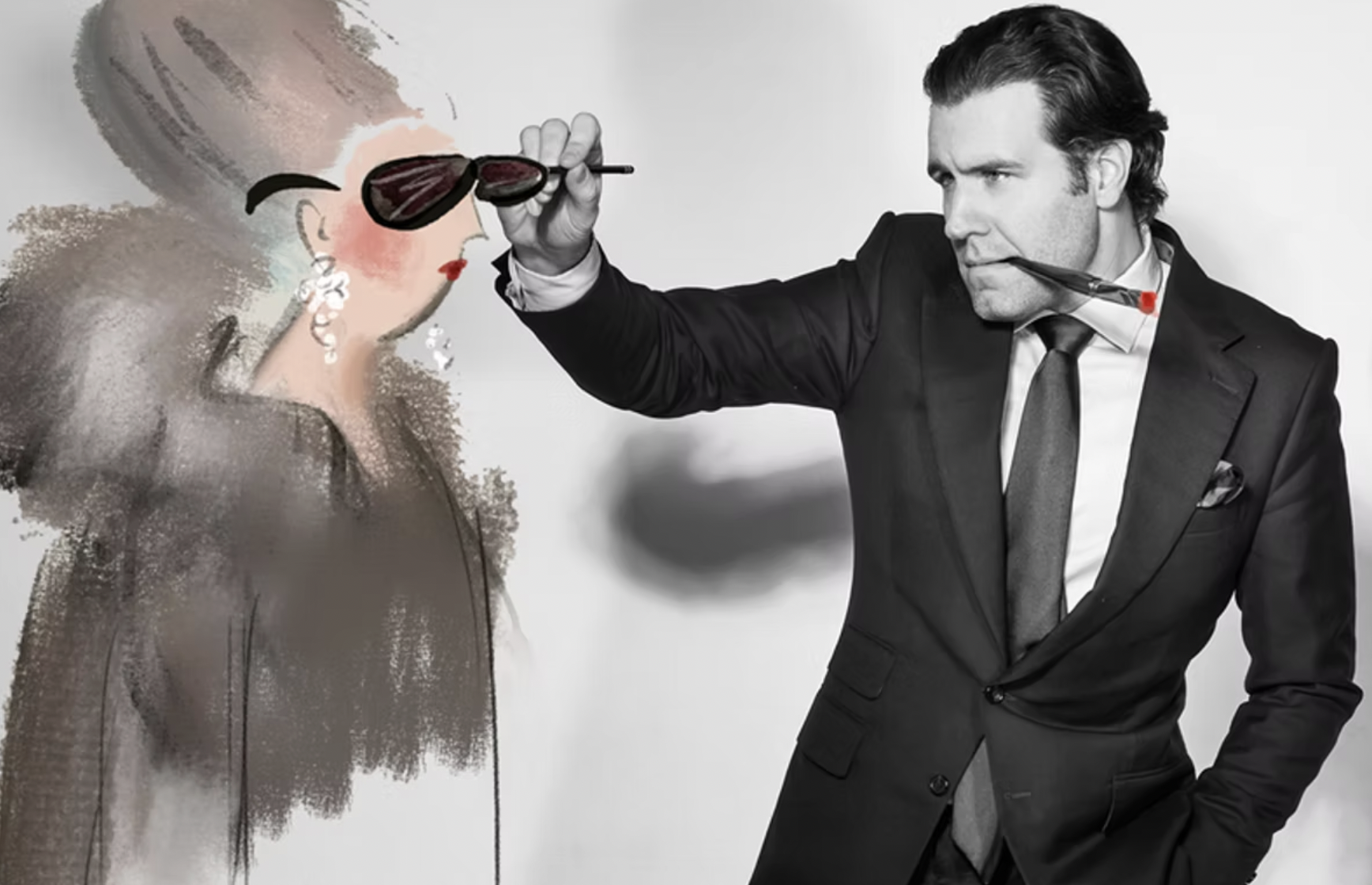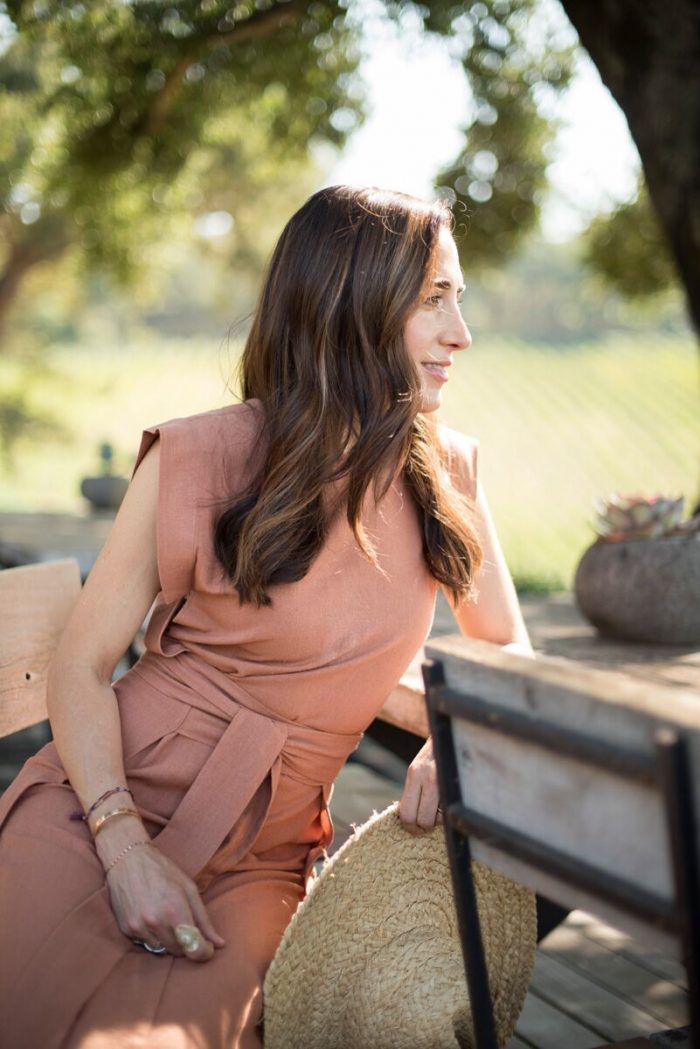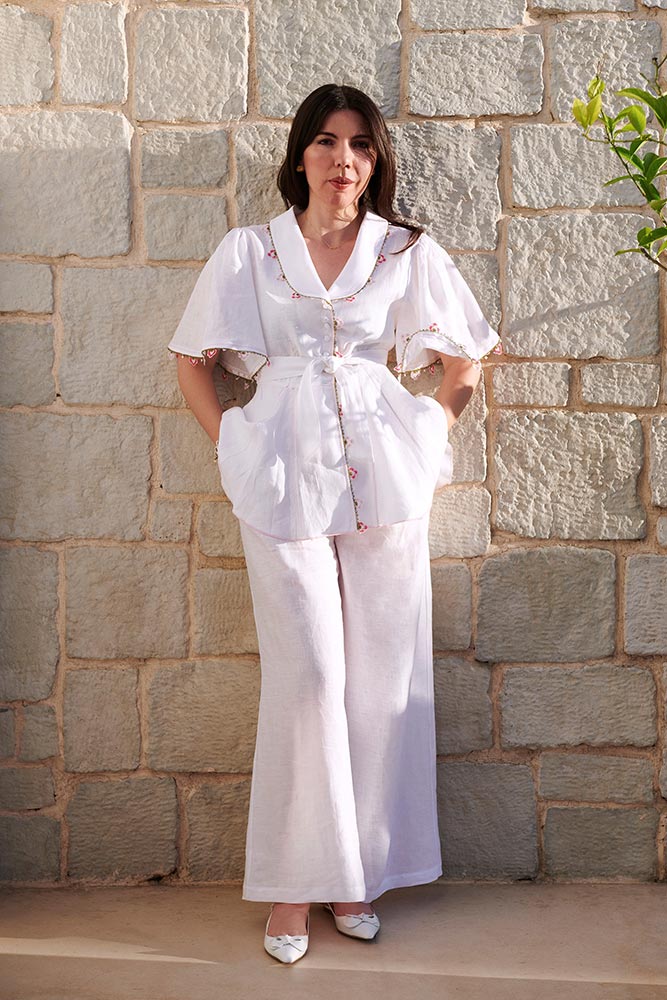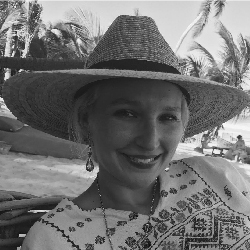Q&A with Ted Kennedy Watson

I am honored to be sharing a conversation with one of my all-time favorite shopkeepers and entertaining gurus, Ted Kennedy Watson. I’ll never forget discovering his store in Seattle — walking inside felt like Christmas morning with its shelves of gleaming vintage silver, tins of packaged chocolates, boxes of perfumed soaps, and Livia Cetti’s vibrant paper flowers! I bought so many treasures that day and would fly to Seattle in a minute with the sole purpose of shopping there again. Ted’s beautiful eye and knack for curating treasures is a gift. It’s no wonder that his store has been named one of the best in the country by Architectural Digest. Retail aside, Ted has been writing a daily lifestyle blog for years and it is one of my favorite places to go on the internet. He has a palpable positivity and zest for life that’s contagious, and whenever I’m in a funk or need a boost, I make a beeline to his site where I find instant inspiration. His books on entertaining (namely Ted Kennedy Watson’s Guide to Stylish Entertaining) are also wonderful, with party tips, links to soulful playlists, and wisdom gleaned from a lifetime of experience breaking bread and making memories with loved ones. Without further ado, I hope you enjoy this conversation!

